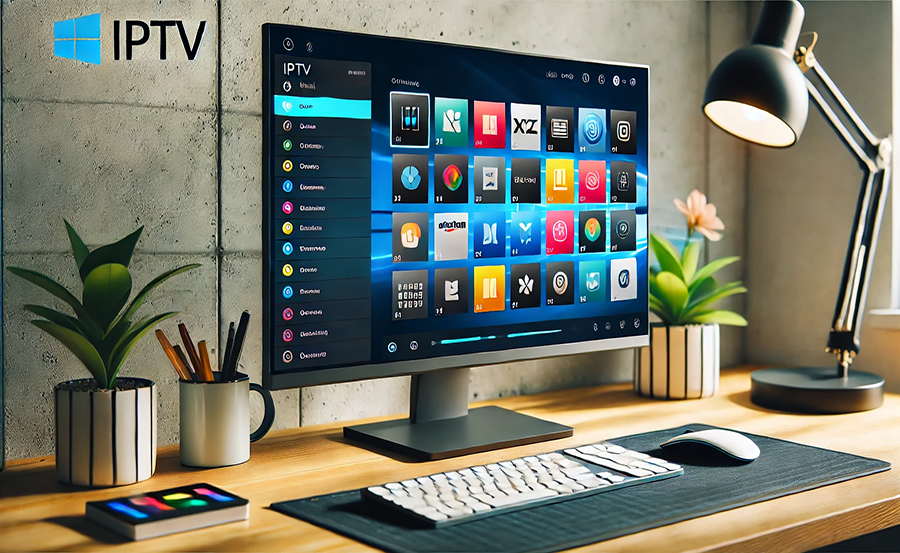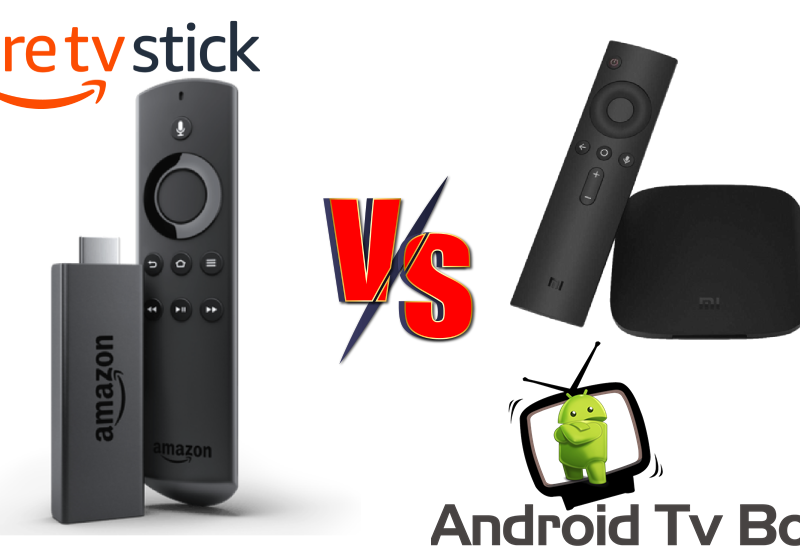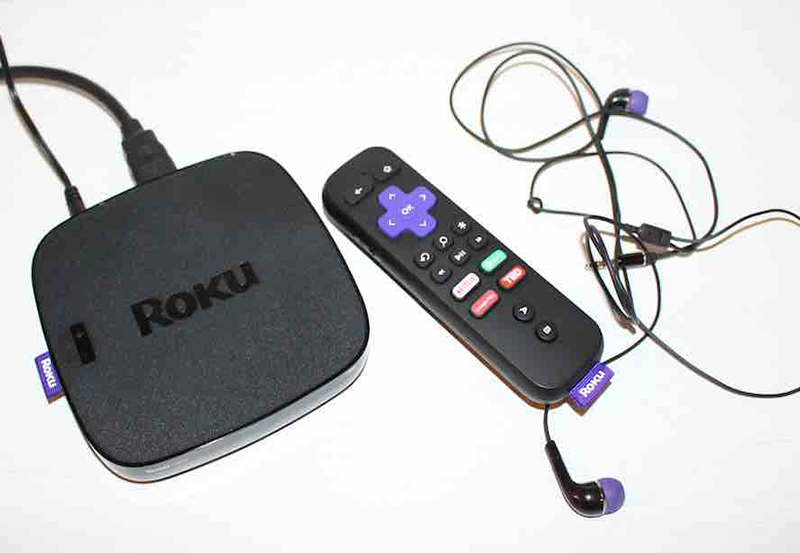In the fast-paced world of digital entertainment, staying updated can truly enhance your viewing pleasure. Internet Protocol Television, or IPTV, is rapidly becoming the standard for accessing television channels and on-demand content via the internet. If you’re new to the concept or simply looking to refine your setup, this guide will walk you through the process of installing IPTV on Windows 10—a comprehensive yet straightforward tutorial for IPTV for beginners. You’ll find that aligning technology with your interests has never been this intuitive.
Whether you’re looking to replace your conventional cable service or expand your entertainment options, an IPTV subscription opens a world of possibilities. Let’s dive into how you can enjoy IPTV’s offerings right from your Windows 10 device, giving you flexibility and an abundance of choice at your fingertips.
Understanding IPTV: A Quick Overview
What is IPTV?
IPTV stands for Internet Protocol Television. Unlike traditional cable or satellite TV services that broadcast content through analog or digital signals over satellite, cable, or radio frequency, IPTV uses the internet to deliver video content. This means you can watch live channels and on-demand videos.
Pro Suggestion:
Access global live TV with Calma Hub IPTV, designed for seamless streaming across all your favorite devices.
The main advantage of IPTV is its ability to stream media in smaller, more manageable packets, which can be accessed by user demand. This streaming method offers more customization and control over the viewing experience, making it a popular choice for many users today.
Benefits of Using IPTV
There are several benefits to opting for IPTV over traditional television services:
- Access to a wider range of channels and on-demand content.
- Higher quality streams and a variety of content formats.
- Greater flexibility in terms of device compatibility and access.
- Potential cost savings compared to cable or satellite services.
These advantages explain why so many users are making the shift to IPTV, especially those who prioritize enhancing their viewing experience.
Preparing Your PC: Necessary Requirements
System Specifications
Before setting up IPTV, ensure your Windows 10 device meets the necessary system requirements. A stable internet connection is vital for streaming media smoothly. Additionally, your PC should have:
- An operating system of Windows 10 or later.
- At least 4GB of RAM for optimal performance.
- A modern browser such as Chrome, Firefox, or Edge.
- Updated network drivers to prevent any connectivity issues.
Confirming these specifications will help avoid glitches and buffering during viewing.
Choosing a Reliable IPTV Service
The heart of IPTV setup lies in picking a suitable IPTV subscription. Here are a few tips to guide your choice:
- Read user reviews and testimonials for credibility.
- Check the channel variety offered by the provider.
- Ensure that the service offers customer support for any technical issues.
- Look for flexible pricing plans that fit your budget.
A well-composed decision on the service provider will largely define your experience quality.
Installing IPTV Software on Windows 10
Downloading the Right Application
To get started, you’ll need to download an IPTV player compatible with Windows 10. Some popular options include VLC Media Player, Kodi, and Perfect Player. Visit their official websites to download the applications safely.
Once you’ve chosen your player, follow these general steps for installation:
- Go to the official website of your selected IPTV player.
- Download the Windows version of the application.
- Open the downloaded file and follow the installation instructions provided.
Configuring Your IPTV Player
Setting Up VLC Media Player
VLC is one of the most versatile media players available. To configure VLC for IPTV, follow these steps:
- Open VLC, go to the “Media” menu, and select “Open Network Stream.”
- Enter your IPTV subscription’s m3u URL in the provided field.
- Click “Play” to start streaming your content.
VLC’s widespread support makes it an excellent choice for those starting with IPTV.
Setting Up Kodi
Kodi is renowned for its customization features. Here’s how you set it up for IPTV:
- Launch Kodi and navigate to “Add-ons” from the side menu.
- Search for PVR clients and select “PVR IPTV Simple Client.”
- Install and configure the addon with your m3u file URL.
- Enable the PVR Simple Client to access IPTV channels.
This versatility and customizability make Kodi a favorite among tech-savvy users.
Troubleshooting Common Issues
Buffering and Lag Problems
Buffering is often the most common issue faced by IPTV users. To minimize lag and buffering:
- Ensure your internet connection is stable and has sufficient bandwidth.
- Try closing unnecessary background applications that may consume bandwidth.
- Consider decreasing the video quality settings in your IPTV player.
- Check if your VPN, if used, may be affecting the streaming speed.
By implementing these solutions, you’ll ensure a smoother streaming experience.
Device Compatibility Challenges
If you’re facing problems with devices not recognizing the IPTV player, follow these tips:
- Ensure your operating system and drivers are up to date.
- Try reinstalling the IPTV application if issues persist.
- Restart your device to reset connections.
Such simple checks can resolve many basic device compatibility problems.
Enhancing Your IPTV Experience
Using Additional Plugins and Add-ons
Maximize your IPTV viewing pleasure by exploring additional add-ons or plugins. Many players offer customizable features through add-ons:
- Enhance user interface aesthetics with skin packs.
- Add subtitle features for international content.
- Integrate additional streaming services for combined access.
Leveraging these extensions makes IPTV not only more useful but also more enjoyable.
Maintaining Your IPTV Setup
To maintain a seamless IPTV experience over time:
- Keep your software and subscriptions updated to access the latest channels.
- Regularly check for any downloadable patches or updates for your player.
- Monitor your subscription status to ensure continuous service.
These practices will help sustain the quality of your IPTV experience effectively.
Closing Reflections
Diving into the world of IPTV offers a unique freedom and variety in personal entertainment. As you tune into your favorite channels and explore new content, remember that a well-informed setup process can significantly enhance your viewing experience. By following this guide, you’re on your way to personalizing your TV setup with more control and satisfaction.
In the ever-evolving landscape of digital entertainment, staying informed and adaptable is a key to enjoying what IPTV has to offer. The journey to better entertainment starts with a single step, which you’ve already taken. Welcome to the future of television!
Frequently Asked Questions

What is the best IPTV player for Windows 10?
Several IPTV players perform well on Windows 10, including VLC, Kodi, and Perfect Player. Each comes with unique features—VLC for simplicity, Kodi for customization, and Perfect Player for detailed IP management. Choose based on your comfort and preference.
Can I use IPTV services without a subscription?
While there are free IPTV streams available, they often aren’t reliable or legal, lacking consistent quality or download speed. A paid IPTV subscription ensures access to legitimate, high-quality channels and stable streaming.
How can I resolve buffering while using IPTV?
Ensure a strong internet connection and close unnecessary applications. You can also lower the quality settings on your IPTV player to reduce data usage. If the problem persists, investigate potential internet service provider issues.
Is it necessary to use a VPN with IPTV?
While not always necessary, using a VPN can add a layer of privacy and security, particularly if accessing geographically restricted content. It can also help with connection stability and avoid potential service throttling.
What’s the difference between IPTV and standard streaming services?
IPTV typically offers live television streaming and a broader range of channels with more flexibility in choosing content, whereas standard streaming services provide pre-recorded content, like series or movies, available on demand.
Is IPTV legal?
The legality of IPTV depends on the content sources. Official IPTV services using licensed content are legal. Sketchy, unauthorized services streaming pirated content can cause legal trouble, hence the importance of subscribing to reputable providers.
Can I use IPTV on devices other than a PC?
Yes, IPTV can be accessed on various compatible devices, including smartphones, tablets, Smart TVs, and dedicated IPTV boxes, extending the flexibility and convenience of viewing IPTV content across different platforms.
NVIDIA Shield TV Pro vs Standard: Which to Choose?




